Home>Garden Essentials>When Do You Plant Carrot Seeds
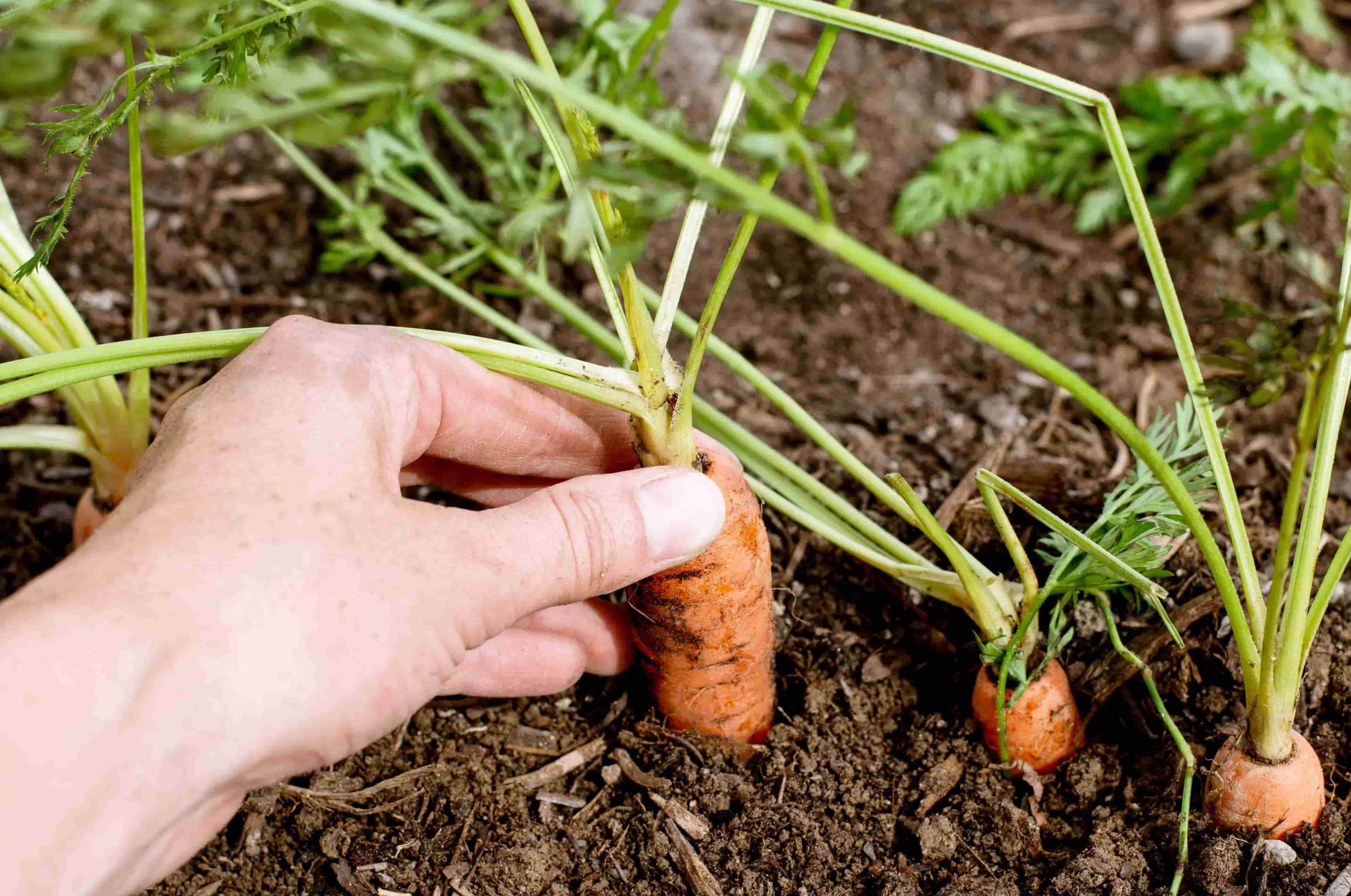

Garden Essentials
When Do You Plant Carrot Seeds
Modified: October 19, 2024
Looking to start a garden? Learn when to plant carrot seeds and get tips for successful growth. Start your gardening journey today!
(Many of the links in this article redirect to a specific reviewed product. Your purchase of these products through affiliate links helps to generate commission for Storables.com, at no extra cost. Learn more)
Introduction
Welcome to our comprehensive guide on planting carrot seeds! Carrots are one of the most popular and versatile vegetables to grow in home gardens. They are not only delicious and nutritious but also add a colorful touch to any plate. Whether you are a seasoned gardener or a beginner, understanding the optimal conditions and timing for planting carrot seeds is essential for a successful harvest.
In this article, we will explore the factors to consider when deciding when to plant carrot seeds. From soil conditions to temperature requirements and seasonal timing, we’ll cover everything you need to know to ensure your carrot seeds thrive. So, let’s dig in!
Key Takeaways:
- Plant carrot seeds in early spring when the soil has warmed up and the risk of frost has passed. Consider a second planting in late summer for a continuous harvest.
- Ensure optimal growth by providing loose, well-draining soil, consistent moisture, and proper spacing for carrot seedlings. Harvest when carrots reach desired size and color.
Read more: When Do You Plant Strawberry Seeds
Factors to Consider
Before you start planting carrot seeds, there are a few key factors to consider. These factors will help you determine the best time to sow your seeds and ensure optimal growing conditions for your carrots. Let’s take a closer look at each factor:
- Soil Conditions: Carrots prefer well-draining soil that is loose, friable, and rich in organic matter. The soil should have a pH level between 6.0 and 7.0 for optimal growth. Before planting, make sure to remove any rocks, debris, or clumps of soil that may obstruct carrot growth.
- Temperature Requirements: Carrots are cool-season crops that thrive in temperatures between 60°F and 75°F (15°C and 24°C). They can tolerate light frosts but do not fare well in extreme heat. Before planting, ensure that the soil temperature has reached at least 50°F (10°C) for proper germination.
- Seasonal Timing: The timing of when you plant carrot seeds depends on your local climate and the length of your growing season. In general, it is best to sow carrot seeds in early spring when the soil has warmed up and the risk of frost has passed. You can also plant a second crop in late summer or early fall for a continuous harvest.
By considering these factors, you will create a favorable environment for your carrot seeds to germinate and grow into healthy plants. Now that we’ve covered the factors to consider, let’s move on to preparing the soil for planting.
Soil Conditions
The quality of the soil plays a crucial role in the successful growth of carrot seeds. Carrots require loose, well-draining soil that is rich in organic matter. Here are some important tips to ensure your soil is in optimal condition:
- Loosen the soil: Before planting carrot seeds, loosen the soil to a depth of at least 12 inches (30 cm). This will promote healthy root development and allow the carrots to grow straight and long. Use a garden fork or a tiller to break up any compacted soil.
- Remove debris: Remove any rocks, stones, or clumps of soil from the planting area. Carrots need soft, crumbly soil for their roots to penetrate easily.
- Add organic matter: Incorporate organic matter into the soil to improve its fertility and structure. Compost, well-rotted manure, or aged leaf mold are excellent choices. Spread a 2 to 3-inch (5 to 7.5 cm) layer of organic matter over the soil surface and mix it in thoroughly.
- Test the pH: Carrots prefer a slightly acidic to neutral soil pH between 6.0 and 7.0. Use a soil testing kit to determine the pH level of your soil. If it is too acidic, you can add lime to raise the pH; if it is too alkaline, you can add sulfur or peat moss to lower the pH.
By following these tips, you will ensure that your soil is well-prepared and provides an ideal growing environment for your carrot seeds. Next, let’s talk about the temperature requirements for planting carrots.
Temperature Requirements
Understanding the temperature requirements for planting carrot seeds is essential for successful germination and growth. Carrots are cool-season crops that thrive in specific temperature ranges. Here are some important considerations:
- Soil temperature: Carrot seeds prefer a soil temperature of about 50°F (10°C) or higher for optimal germination. If the soil is too cold, the seeds may rot or take a long time to sprout. Use a soil thermometer to measure the temperature and ensure it has reached the desired range before planting.
- Optimal growing temperatures: Carrots prefer growing in temperatures between 60°F and 75°F (15°C and 24°C). They can tolerate light frosts, but prolonged exposure to temperatures below 50°F (10°C) can stunt their growth. If you live in a region with hot summers, provide shade or use mulch to keep the soil cool and prevent the carrots from becoming bitter.
- Timing your planting: The timing of when to plant carrot seeds depends on your local climate and the length of the growing season. Sow carrot seeds as soon as the soil has warmed up in early spring, typically when the danger of frost has passed. For a continuous harvest, you can also plant a second crop in late summer or early fall.
By considering the temperature requirements, you can ensure that your carrot seeds germinate and grow under optimal conditions. In the next section, we will discuss the importance of seasonal timing for planting carrot seeds.
Seasonal Timing
Choosing the right time to plant carrot seeds is crucial for a successful harvest. The seasonal timing of planting depends on your local climate and the length of your growing season. Here are some considerations to help you determine the best time to sow your carrot seeds:
- Spring planting: In most regions, the best time to plant carrot seeds is in early spring. This is typically when the soil has thawed and is no longer waterlogged, and the danger of frost has passed. The soil temperature should be around 50°F (10°C) for optimal germination. Planning your spring planting according to your local frost dates will ensure that your carrot seeds have enough time to grow and mature before the arrival of hot summer temperatures.
- Summer planting: If you want a continuous harvest, you can also plant a second crop of carrots in late summer or early fall. This is especially beneficial if you live in a region with mild winters. By planting a late-season crop, you can enjoy fresh carrots well into the fall or even throughout the winter months, depending on your climate and the hardiness of the carrot variety you choose.
- Consider the length of your growing season: If your growing season is relatively short, you may need to choose carrot varieties that have a shorter maturity time, usually around 70 to 80 days. This will ensure that your carrots have enough time to grow and mature before the first frost of the season. On the other hand, if you have a longer growing season, you can choose carrot varieties with longer maturity times and enjoy larger, more substantial carrots.
By understanding your local climate and the length of your growing season, you can determine the ideal seasonal timing for planting your carrot seeds. In the next section, we will discuss the important steps to prepare the soil before planting.
Plant carrot seeds in early spring, 2-3 weeks before the last frost date. Carrots prefer cool temperatures for germination and growth. Keep the soil moist and well-drained for best results.
Read more: When Do You Plant Cucumber Seeds
Preparing the Soil
Properly preparing the soil before planting carrot seeds is essential for their growth and development. Here are the steps to follow to ensure your soil is ready for planting:
- Remove weeds: Start by removing any weeds or vegetation from the planting area. Weeds compete with carrots for nutrients and water, so it’s important to have a weed-free space.
- Loosen the soil: Use a garden fork or a tiller to loosen the soil to a depth of at least 12 inches (30 cm). Carrot roots need loose soil to grow straight and long. Avoid tilling too deeply, as it can disrupt the soil structure.
- Add organic matter: Incorporate organic matter into the soil to improve its fertility and texture. Spread a layer of compost, well-rotted manure, or aged leaf mold over the planting area, and mix it into the soil. This will enhance its nutrient content and water-holding capacity.
- Level the soil: Smooth out the soil surface with a rake to create a level planting bed. This will make it easier to sow the carrot seeds evenly and maintain consistent moisture throughout the growing process.
- Moisten the soil: Before planting, water the soil lightly to provide a moist environment for the carrot seeds. Avoid saturating the soil, as excessive moisture can lead to rotting or poor germination.
By following these steps, you will create an optimal environment for your carrot seeds to germinate and grow into healthy plants. Now that the soil is prepared, let’s move on to the next step: planting the carrot seeds.
Planting Carrot Seeds
Now that the soil is prepared, it’s time to sow your carrot seeds. Follow these steps to ensure successful planting:
- Spacing: Carrot seeds are small, so it’s important to space them properly. Depending on the variety, plant carrot seeds about 1 inch (2.5 cm) apart. This allows enough room for the carrots to develop without overcrowding.
- Sowing depth: Carrot seeds should be sown at a depth of about 1/4 to 1/2 inch (0.6 to 1.3 cm). Gently press them into the soil, but avoid burying them too deeply, as it may hinder germination.
- Rows or broadcast: You can choose to plant carrot seeds in rows or broadcast them over the planting area. If planting in rows, make sure the rows are spaced about 12 inches (30 cm) apart to allow room for the carrot plants to grow. If broadcasting, spread the seeds evenly over the prepared soil.
- Thin out seedlings: Once the carrot seedlings emerge, they will need space to grow. Thin out the seedlings by removing the weaker ones, leaving about 2 to 3 inches (5 to 7.5 cm) of space between each plant. This will give the remaining seedlings room to develop into healthy carrots.
- Watering: After planting, water the soil gently, ensuring that it remains consistently moist but not waterlogged. Carrot seeds require consistent moisture for optimal germination, so keep an eye on the moisture levels and water as needed.
By following these steps, you will give your carrot seeds the best chance of germinating and growing into healthy plants. The next section will discuss the importance of watering and mulching for proper carrot seedling care.
Watering and Mulching
Proper watering and mulching are essential for the care and maintenance of carrot seedlings. Here are some important tips to follow:
- Watering: Carrots require consistent moisture for healthy growth. Water the soil regularly, keeping it evenly moist. Avoid overwatering, as it can lead to rotting or disease. Aim to provide about 1 inch (2.5 cm) of water per week, either through rainfall or irrigation.
- Deep watering: When watering, make sure to water deeply. Carrot roots can grow quite long, and deep watering encourages the roots to penetrate deeper into the soil. This promotes better nutrient absorption and overall plant health.
- Mulching: Mulching is beneficial for carrot plants as it helps retain soil moisture and suppresses weed growth. Apply a layer of organic mulch, such as straw or shredded leaves, around the carrot plants. This will help maintain moisture levels in the soil and reduce the need for frequent watering.
- Monitor soil moisture: Regularly check the soil moisture levels to ensure it doesn’t become too dry or waterlogged. Stick your finger about an inch into the soil to feel for moisture. If it feels dry, it’s time to water. If it feels wet, wait for the soil to dry out slightly before watering again.
- Avoid overhead watering: Carrot foliage is sensitive to overhead watering, as it can lead to fungal diseases. To prevent this, water the plants at their base using a soaker hose or a drip irrigation system.
By providing proper watering and using mulch, you will create a favorable environment for your carrots to grow and thrive. In the next section, we’ll discuss essential carrot seedling care to ensure their healthy development.
Carrot Seedling Care
Proper care is crucial to ensure the healthy development of carrot seedlings. Here are some essential tips to follow:
- Thinning: As the carrot seedlings grow, thin them out to provide adequate space for each plant. Remove the weaker seedlings, leaving about 2 to 3 inches (5 to 7.5 cm) of space between each carrot plant. Thinning allows the remaining seedlings to receive enough nutrients and sunlight for proper growth.
- Weeding: Regularly remove weeds from the carrot planting area. Weeds not only compete with carrots for resources but can also hinder their growth. Be careful when weeding to avoid damaging the delicate carrot roots.
- Fertilizing: Carrots are not heavy feeders, but a light feeding of fertilizer can benefit their growth. About three weeks after planting, you can apply a balanced, organic fertilizer according to the package instructions. Avoid over-fertilizing, as it can result in excessive foliage growth rather than well-formed carrots.
- Pest control: Keep an eye out for common pests that may attack carrot plants, such as carrot flies or aphids. Protect your seedlings by using row covers or netting to prevent pest infestations. If you notice any signs of pests, take appropriate measures to control them, such as using insecticidal soap or organic pest control methods.
- Monitor moisture: Regularly monitor the moisture levels in the soil to ensure consistent moisture. Carrots require moist soil but can easily rot if overwatered. Aim to keep the soil evenly moist, especially during dry periods, while avoiding waterlogging.
- Protect from extreme weather: Carrots are cool-season crops and can be sensitive to extreme temperatures. Protect your seedlings from hot summer temperatures by providing shade or using mulch to keep the soil cool. Additionally, cover your crop if frost is expected to protect the seedlings from damage.
By following these care tips, you will help your carrot seedlings grow into healthy, vibrant plants. Next, let’s discuss the exciting part: harvesting your carrots!
Read more: When Do You Plant Watermelon Seeds
Harvesting Carrots
Harvesting carrots is an exciting and rewarding part of growing your own food. Here are some important tips to ensure a successful harvest:
- Maturity time: Carrots are ready for harvest when they have reached their desired size and color. The maturity time can vary depending on the carrot variety, but it typically ranges from 60 to 80 days. Refer to the seed packet or variety information for specific guidelines.
- Check for readiness: Gently pull back the soil around the base of a carrot and inspect its size and color. Mature carrots should have a rich color, be firm to the touch, and have a diameter suitable for the variety you planted. Avoid leaving carrots in the ground for too long, as they can become woody or lose flavor.
- Harvesting technique: Carefully loosen the soil around the carrot with a garden fork or a trowel. Grab the carrot at the base, close to the soil surface, and gently pull it straight up. If the soil is stubborn, lightly wiggle the carrot to release it. Be cautious not to damage or break the carrot while harvesting.
- Harvesting in batches: If you have a large carrot harvest, consider harvesting in batches rather than all at once. This allows you to enjoy fresh carrots over a more extended period and ensures you have space to store them properly.
- Top removal: After harvesting, it’s a good practice to remove the carrot tops. The leaves can draw moisture and nutrients away from the root, causing the carrot to lose moisture and become limp. Cut off the green tops, leaving about an inch (2.5 cm) of the stem to prevent any bleeding of sap.
- Storage: Store harvested carrots in a cool, dark, and humid environment to maintain their freshness. Remove any excess soil, but do not wash them unless you plan to use them immediately. Place the carrots in a perforated plastic bag or a container with damp sand or sawdust to maintain humidity. Carrots stored properly can last several weeks to a few months.
By following these guidelines, you can harvest your carrots at their peak and enjoy the delicious taste of homegrown produce. Congratulations on successfully growing your own carrots!
With this comprehensive guide, you now have all the knowledge you need to confidently plant, care for, and harvest your carrots. Happy gardening!
Frequently Asked Questions about When Do You Plant Carrot Seeds
Was this page helpful?
At Storables.com, we guarantee accurate and reliable information. Our content, validated by Expert Board Contributors, is crafted following stringent Editorial Policies. We're committed to providing you with well-researched, expert-backed insights for all your informational needs.
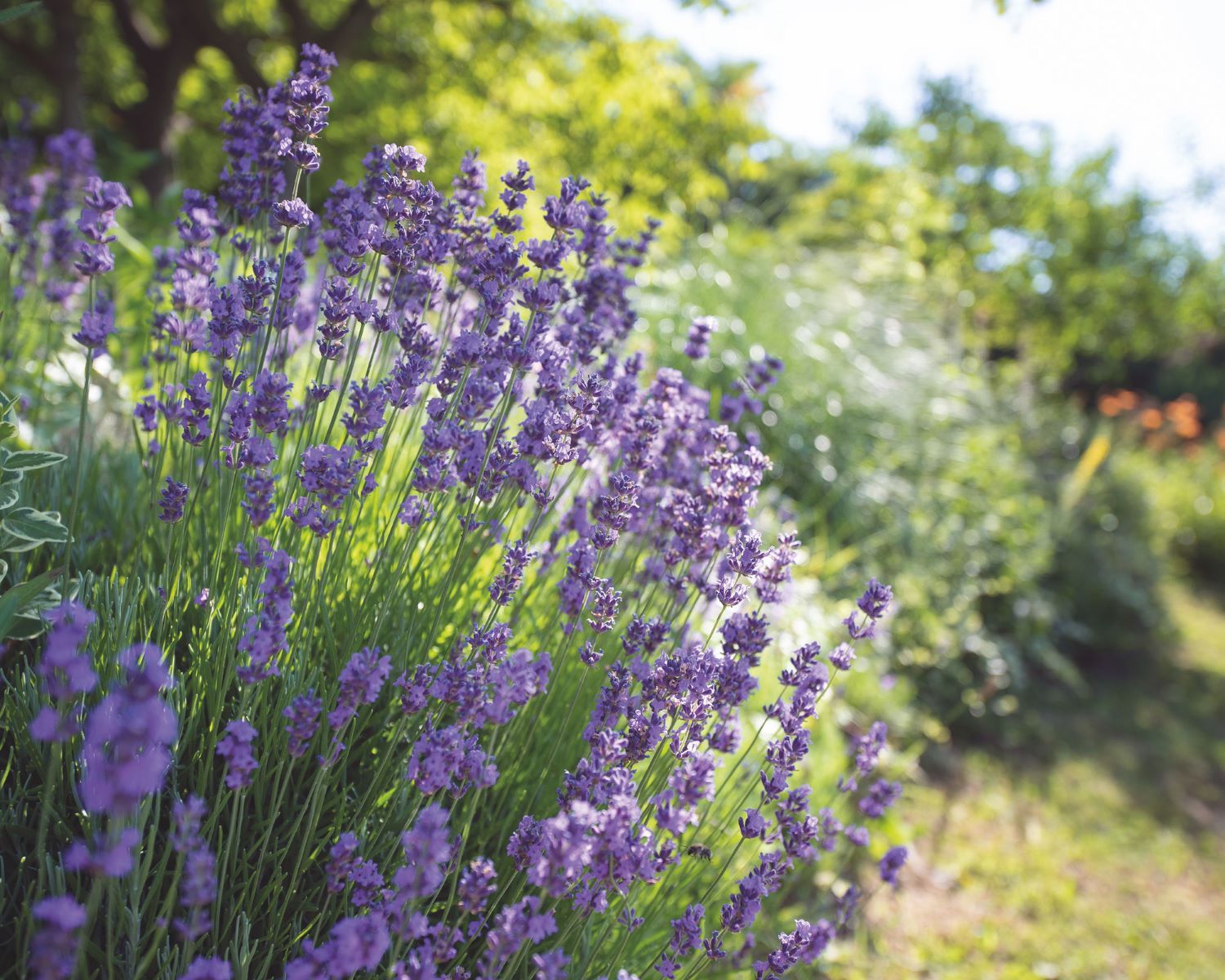

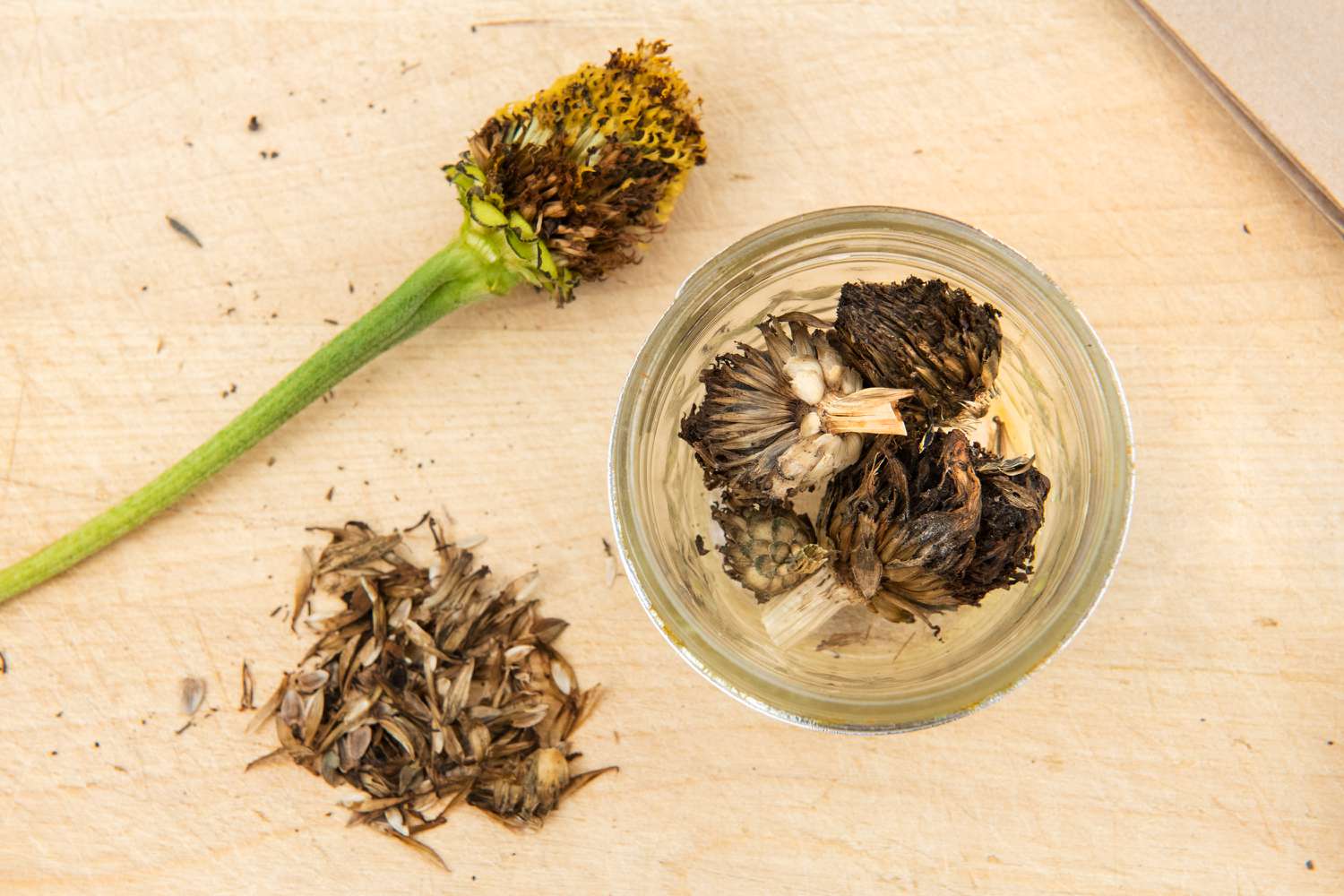
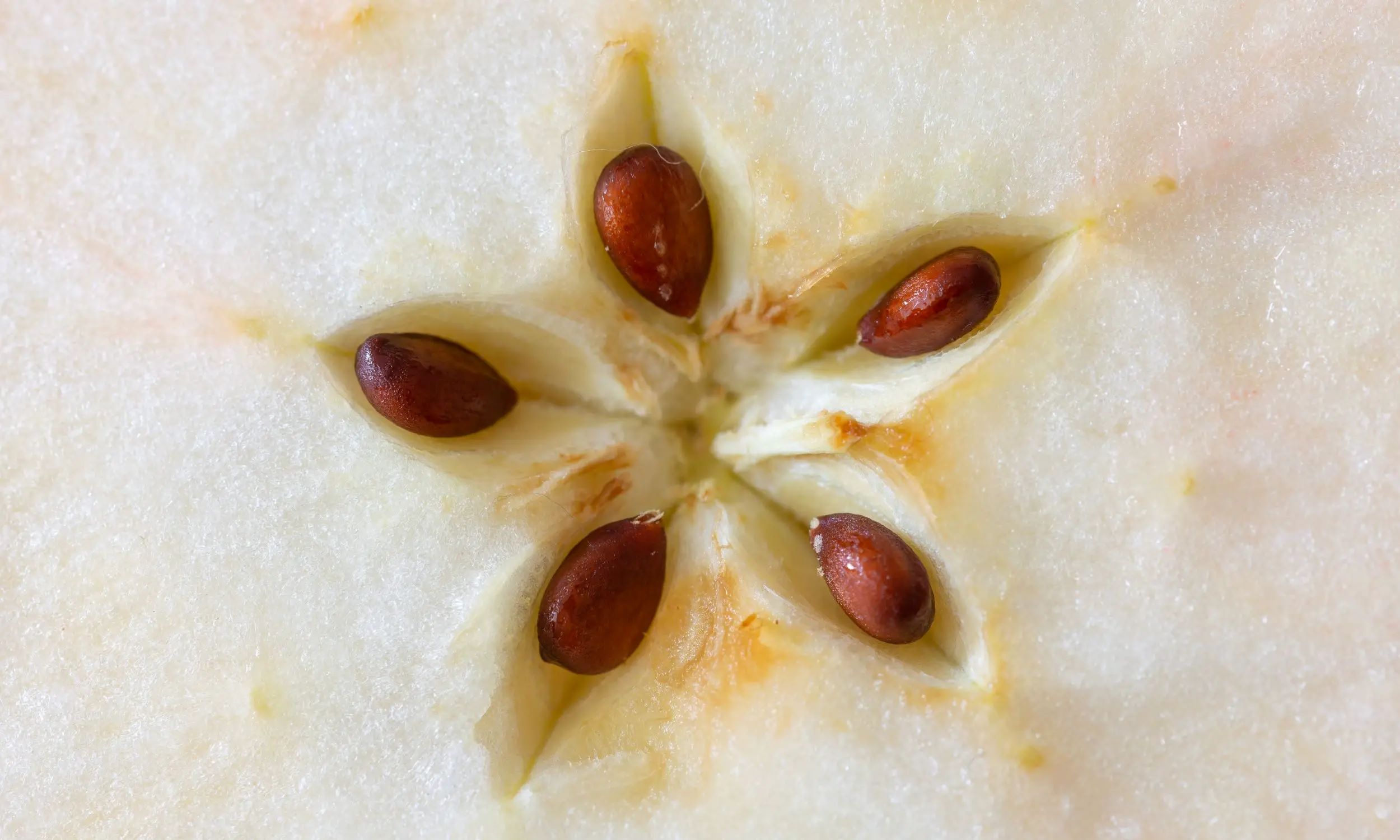
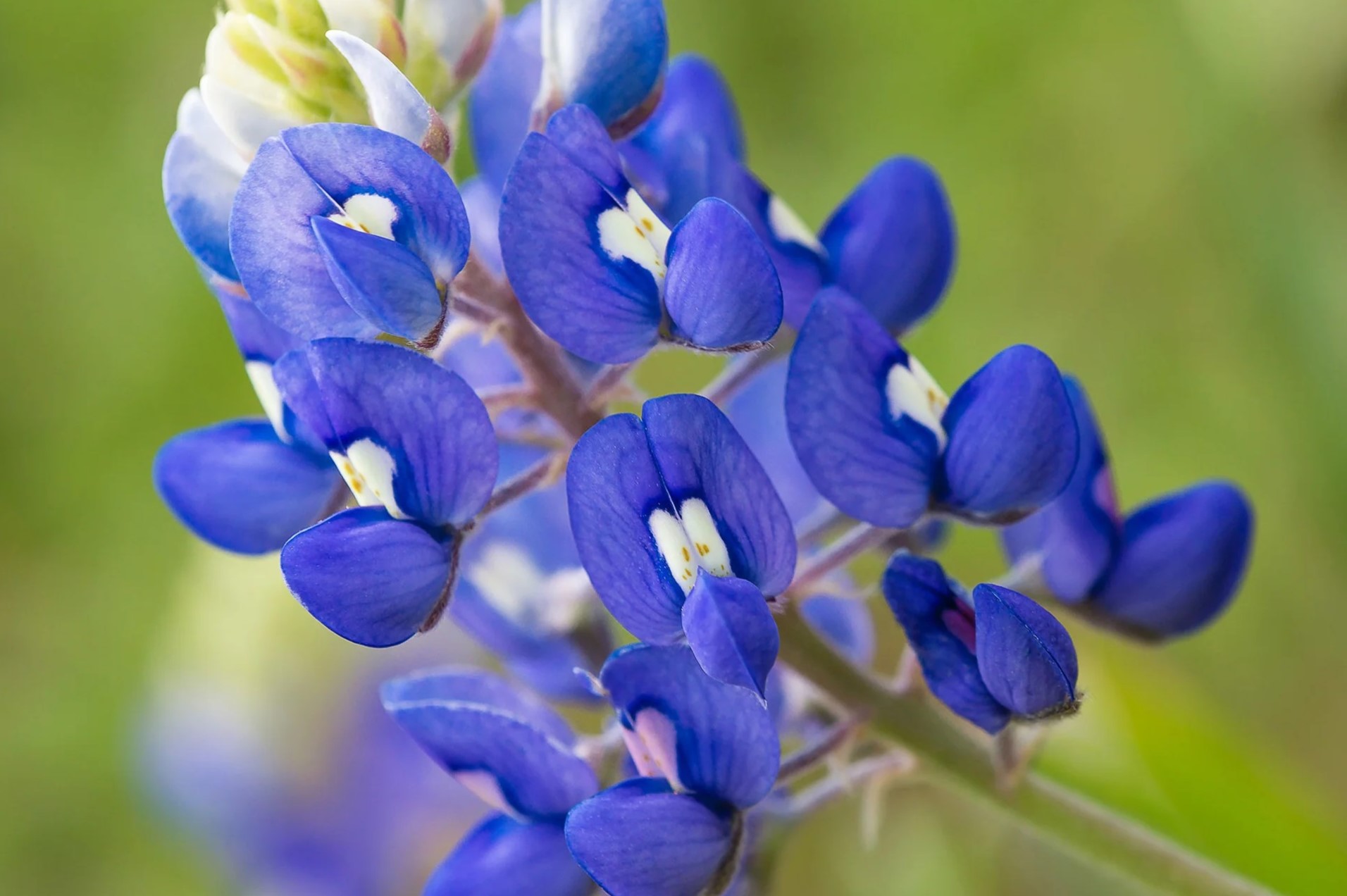
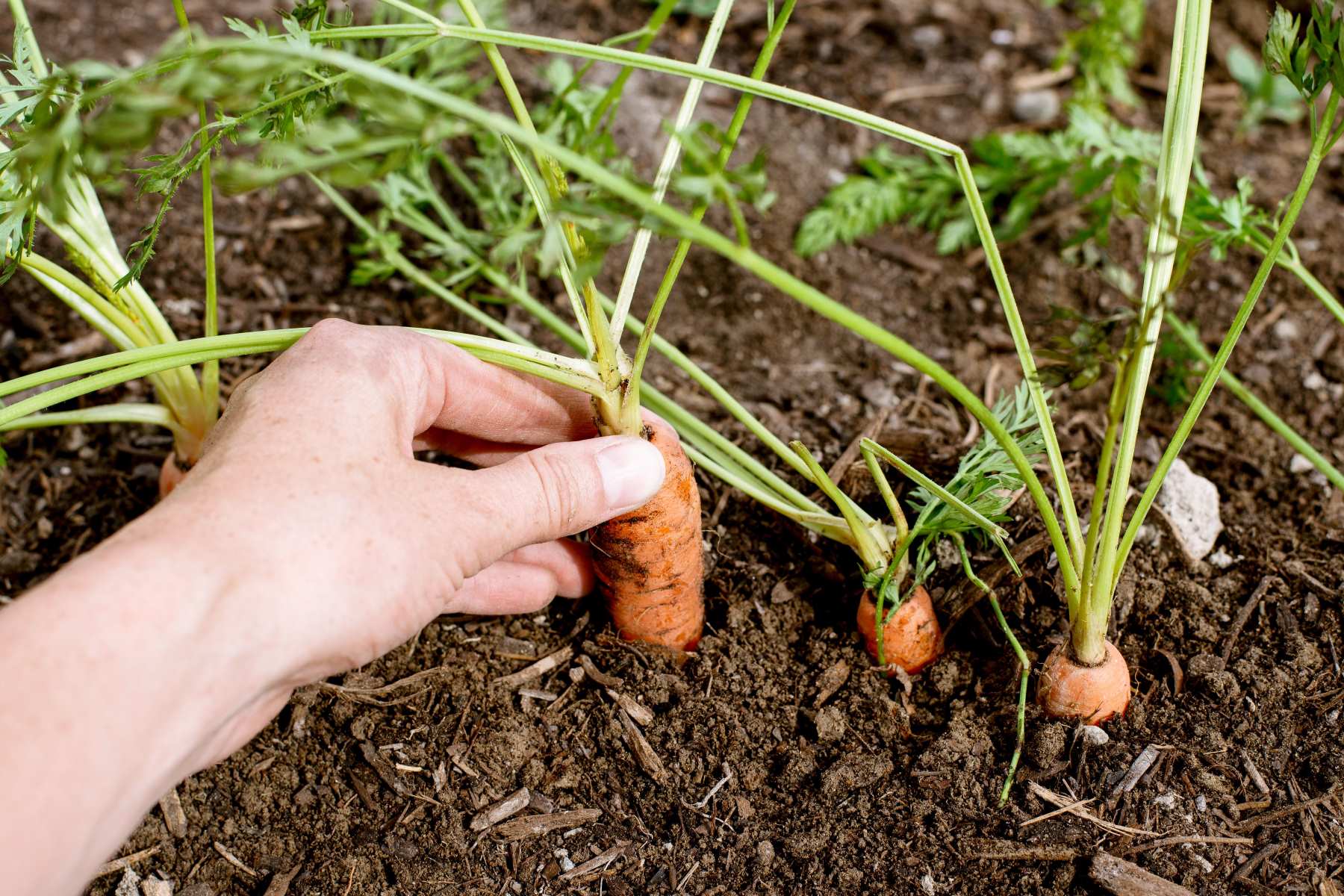
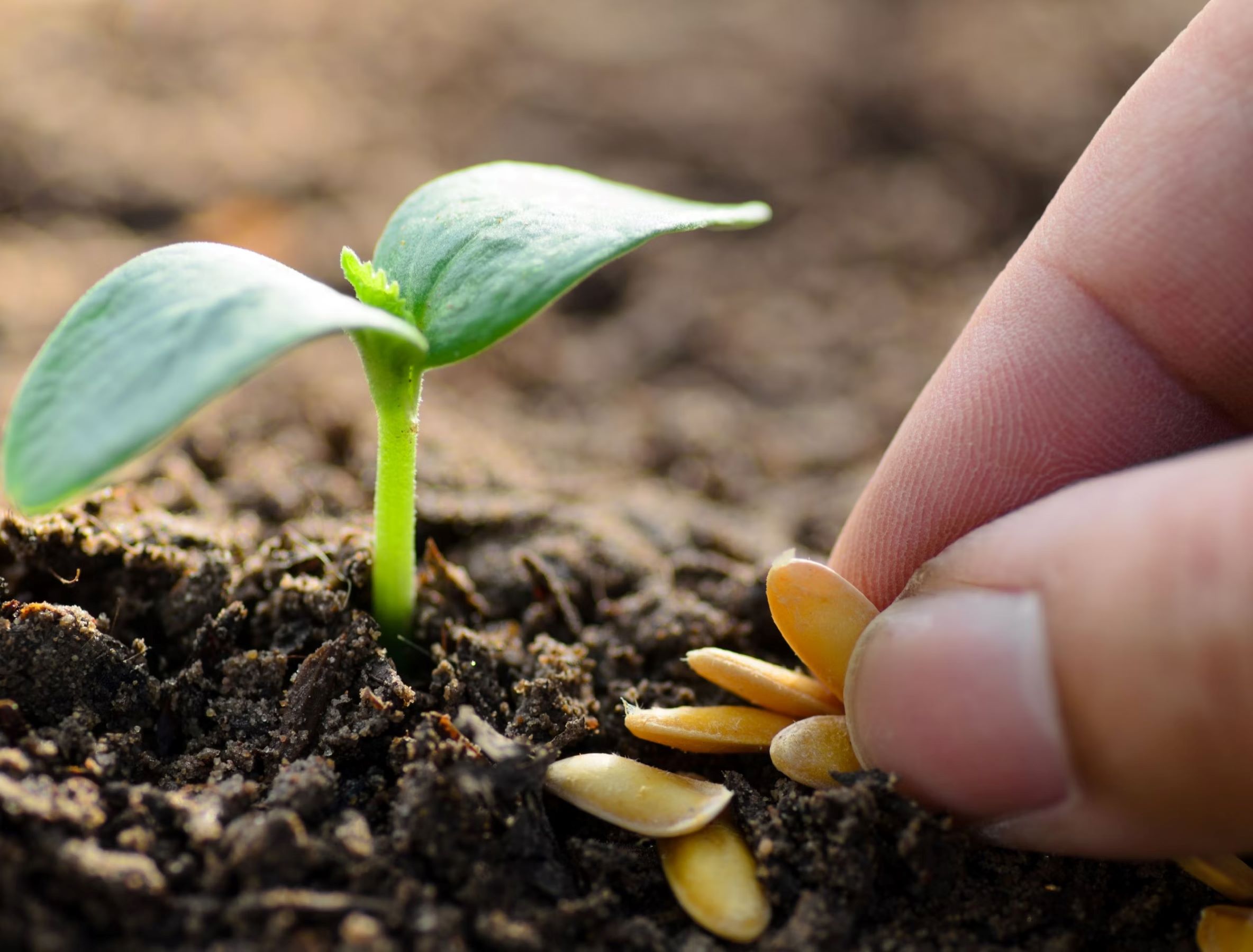
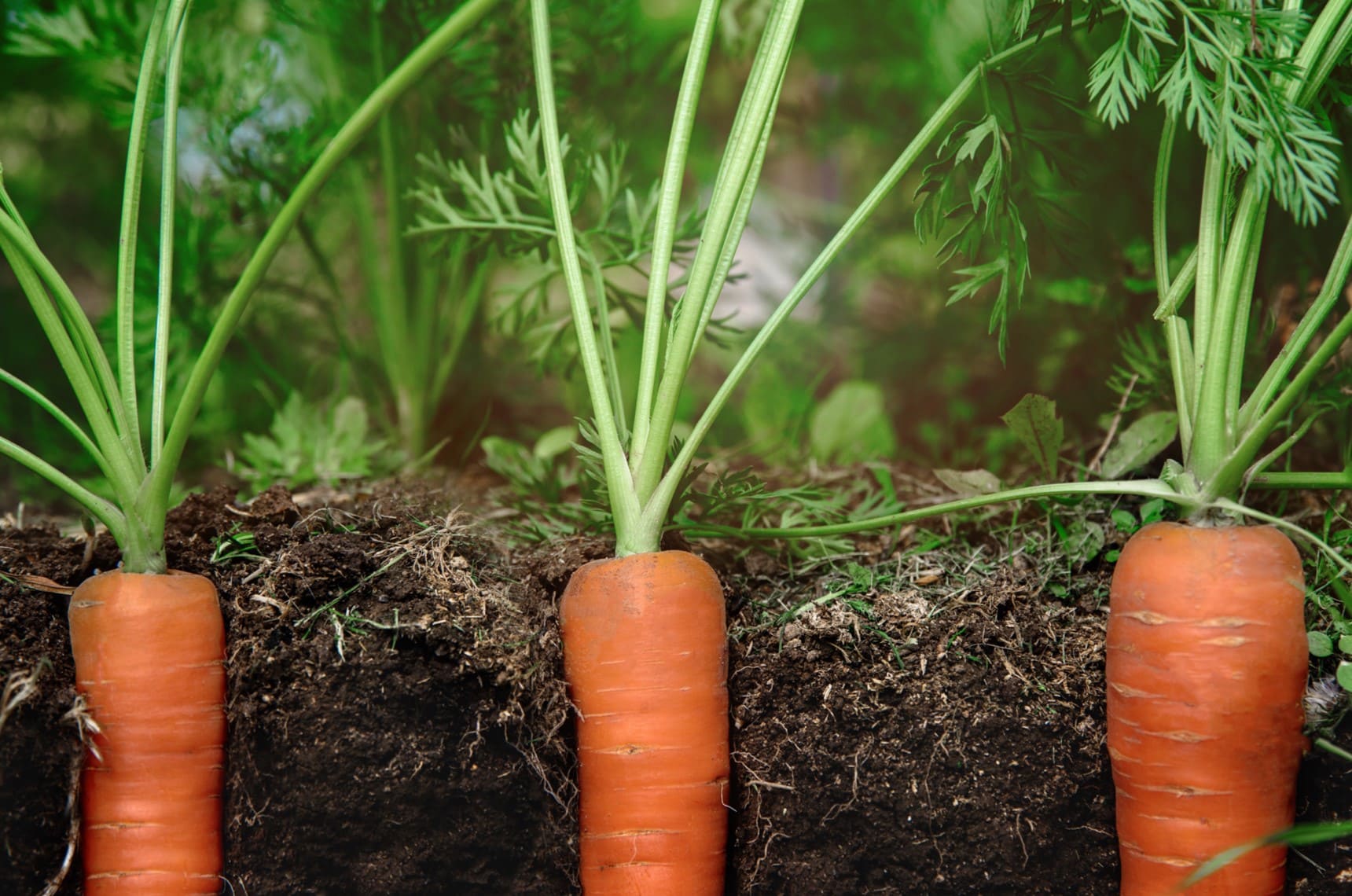
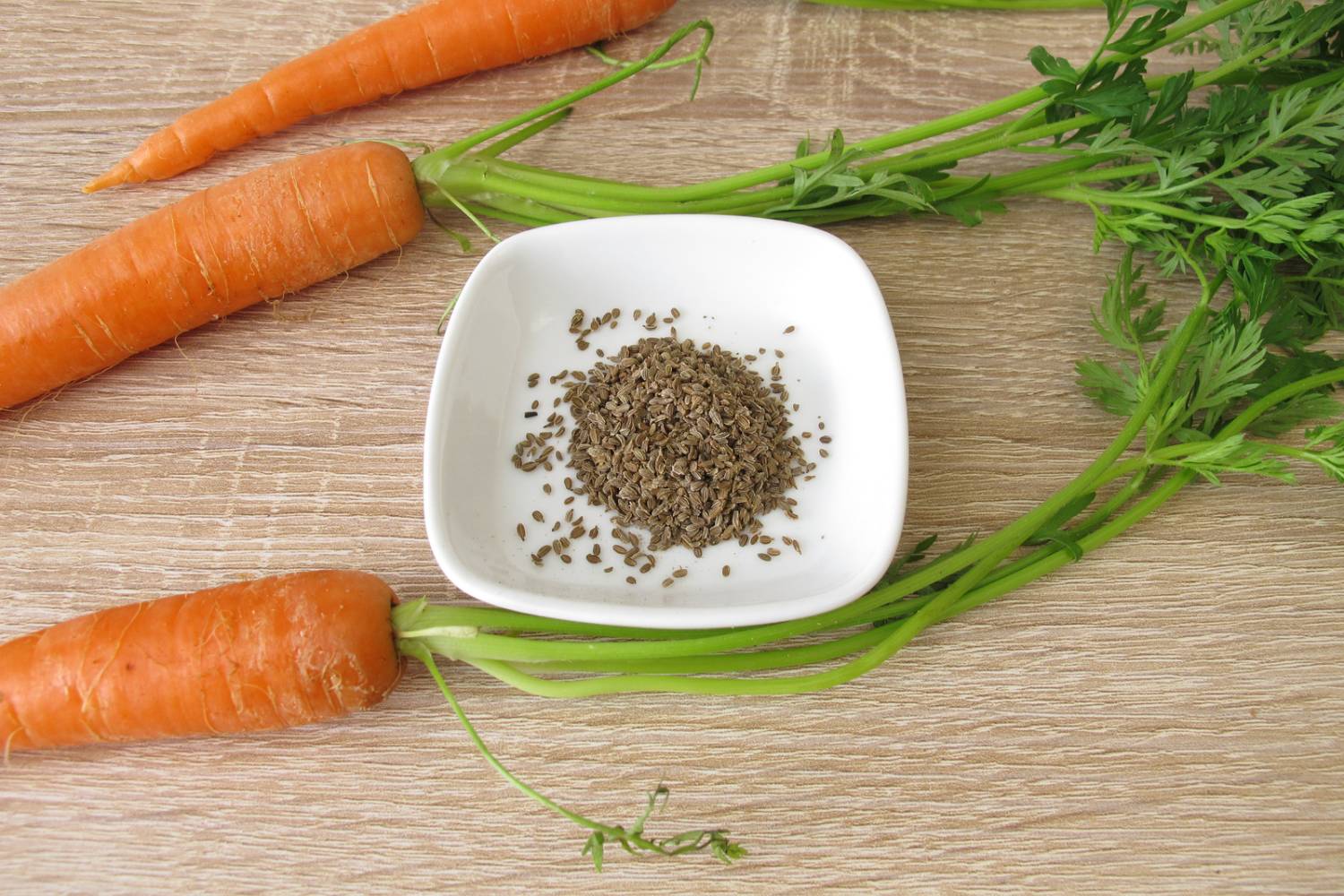
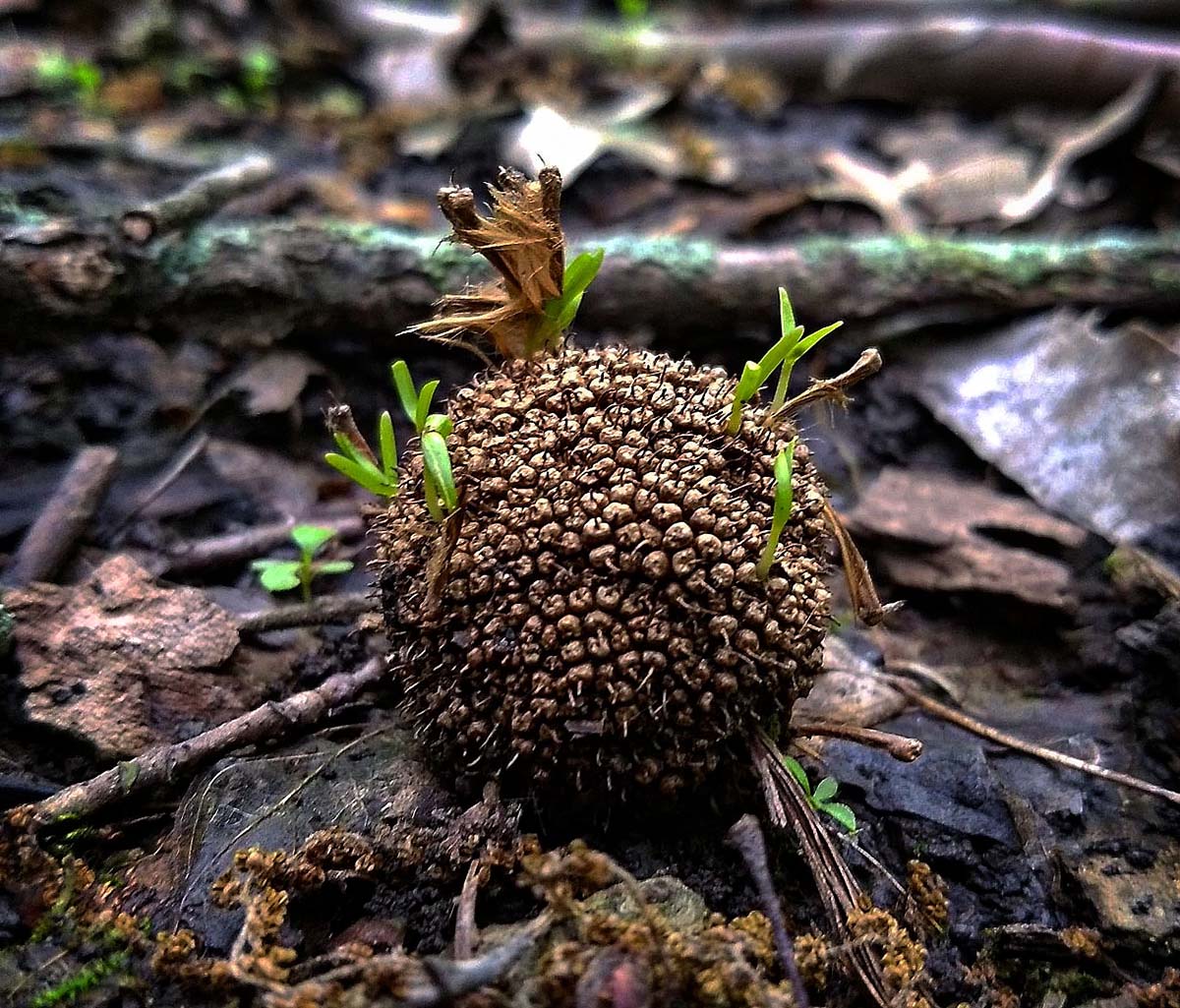
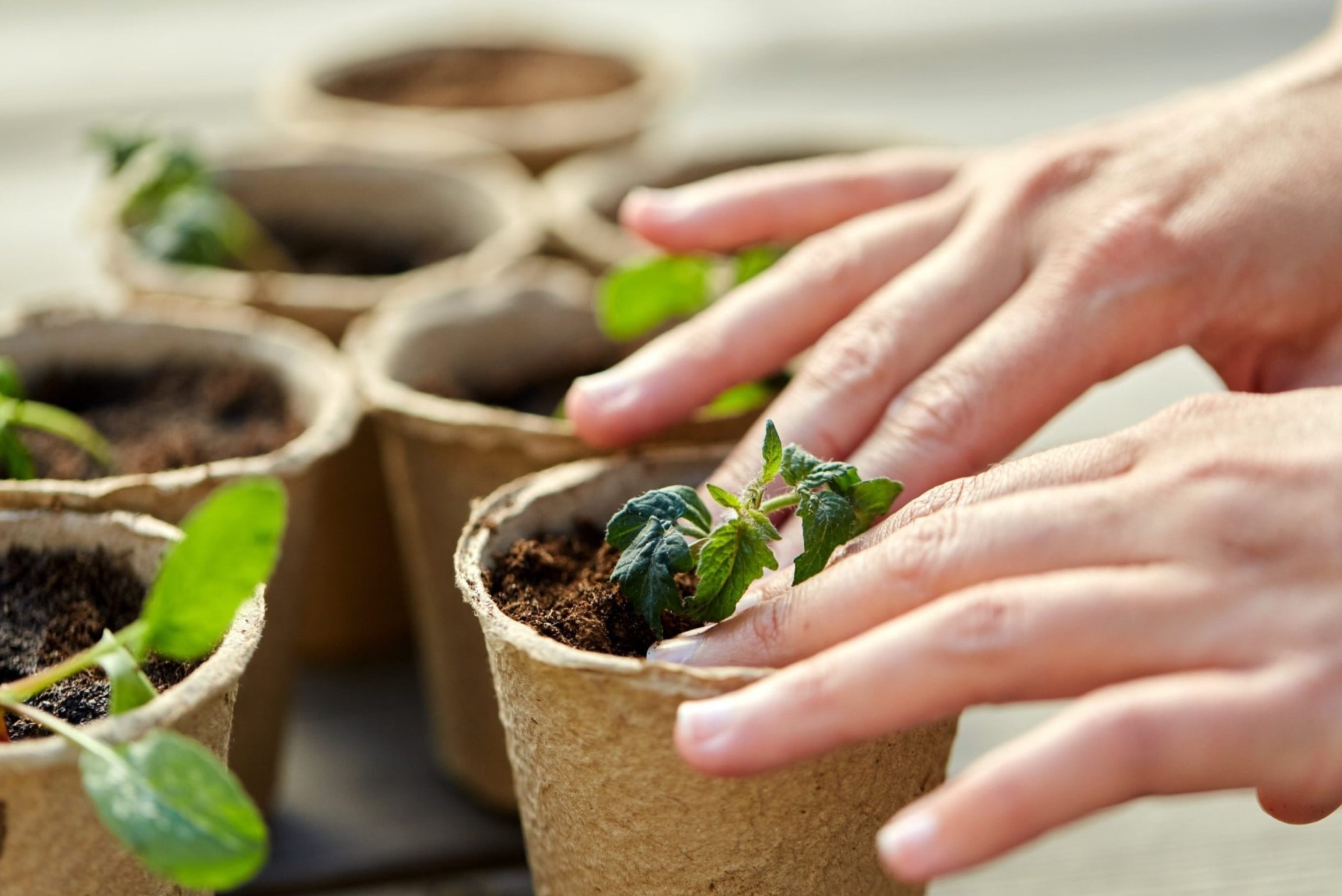
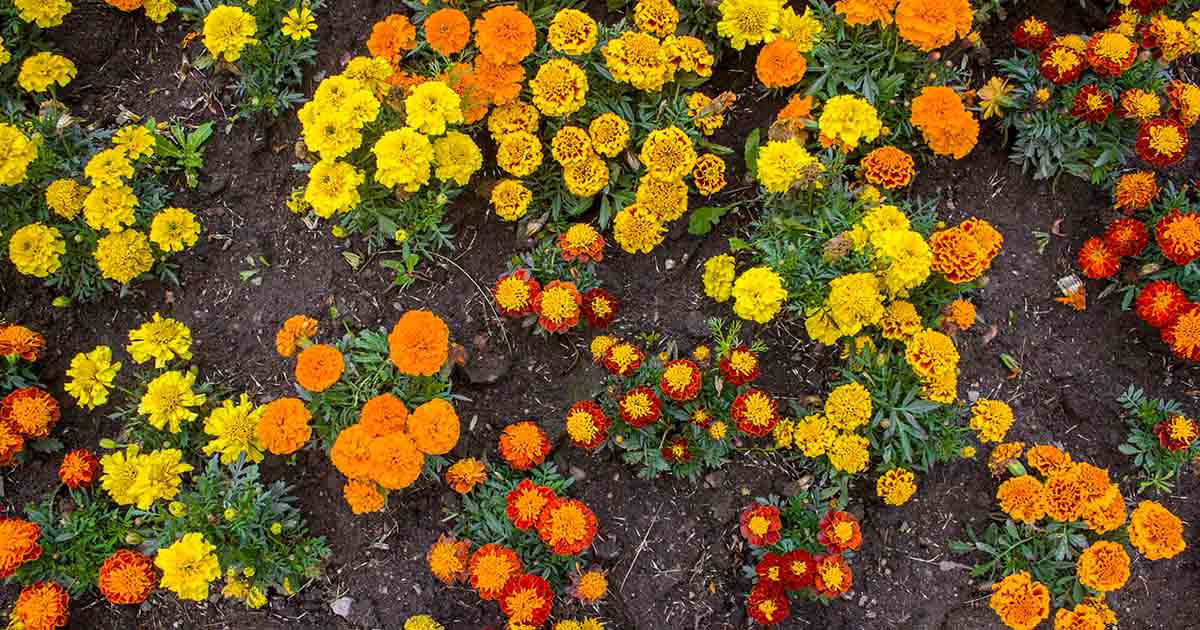
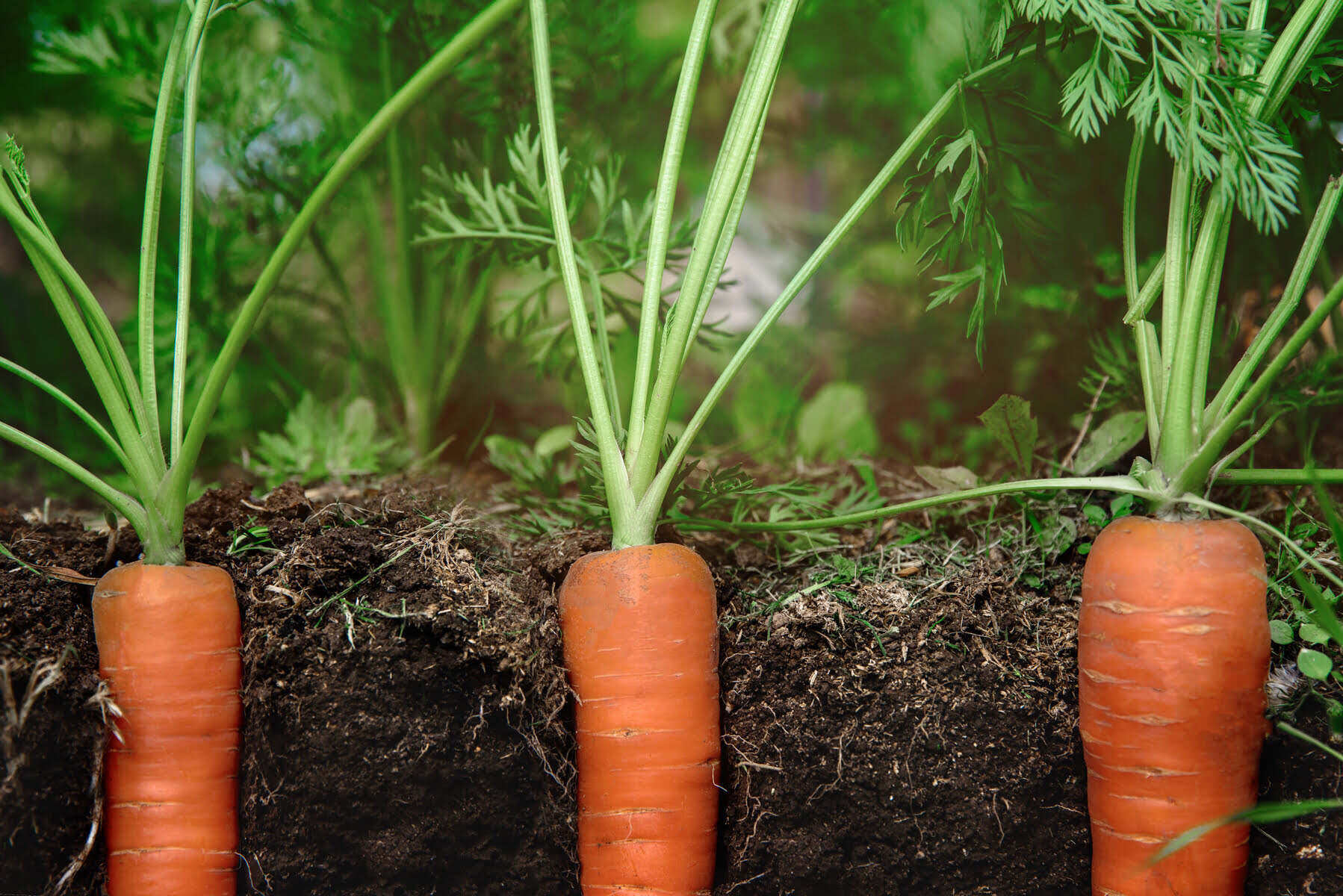

0 thoughts on “When Do You Plant Carrot Seeds”